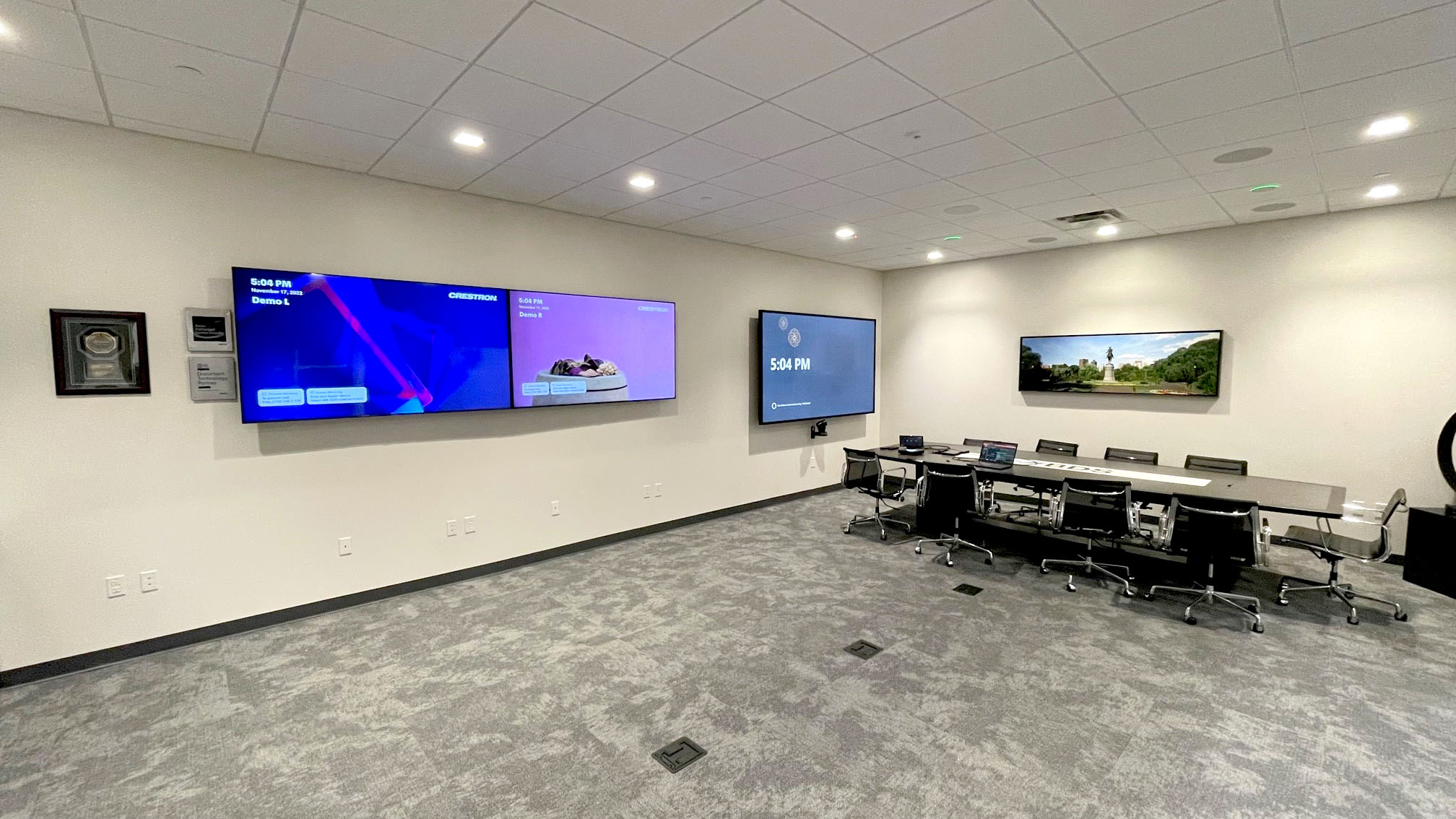Ideal Tactics for Positioning Surveillance Cameras to Enhance Monitoring Effectiveness
Ideal Tactics for Positioning Surveillance Cameras to Enhance Monitoring Effectiveness
Blog Article

Placing surveillance cameras efficiently is crucial for improving surveillance across different settings, such as residences, commercial properties, and community areas. The primary objective of surveillance cameras is to deter criminal activity while also offering evidence during case of events. To achieve this, it becomes important to take into account various factors, such as camera location, field of vision, and the specific areas that need monitoring. By understanding these factors, people as well as entities can create a thorough surveillance strategy that maximizes the efficacy of their security solutions.
One of the first actions in positioning surveillance cameras involves to identify key areas that require surveillance. Vulnerable zones, including entrances, exits, vehicle lots, as well as areas with high-value assets, should be given priority. It is crucial to consider areas not visible, which may be locations that might not be seen from certain perspectives. By mapping out these key locations, surveillance personnel can guarantee that every corner remains monitored, minimizing the chances of illegal actions going unnoticed. Additionally, placing cameras at key locations can help form a complete view of the property, enabling for improved total security coverage.
The viewing angle of a security system is another important element to take into account. Various types of cameras offer different ranges of view, which can influence how many space gets recorded in the video. For example, broad-view cameras can monitor larger areas, making them perfect for open locations, while pan-tilt-zoom cameras can be modified to focus on particular you could try here features. When positioning surveillance systems, it is essential to choose the right type based on the location being monitored. This ensures that the system can record sharp images and offer important information in the event of an occurrence.
Elevation and tilt of mounting also have a crucial role in the effectiveness of surveillance systems. Surveillance systems must be mounted at a height that is out of reach of possible interference but also enables for clear visibility of faces and additional recognizable details. A typical suggestion is install systems at least 8 to 10 ft off the ground. Additionally, the angle at which the camera remains set can impact its ability to capture crucial information. Surveillance systems must be angled to reduce reflection and prevent obstructions, ensuring that they can record sharp video at all times.
Finally, routine upkeep and improvements to the security camera are essential for long-term effectiveness. This entails inspecting camera functionality, wiping optics, as well as ensuring that software remains current. Regular assessments of the surveillance plan can assist identify any new areas not visible or locations that may require additional coverage. By remaining vigilant and implementing necessary adjustments, people as well as entities can enhance their surveillance efficacy and guarantee that their surveillance systems continue to serve their intended function.